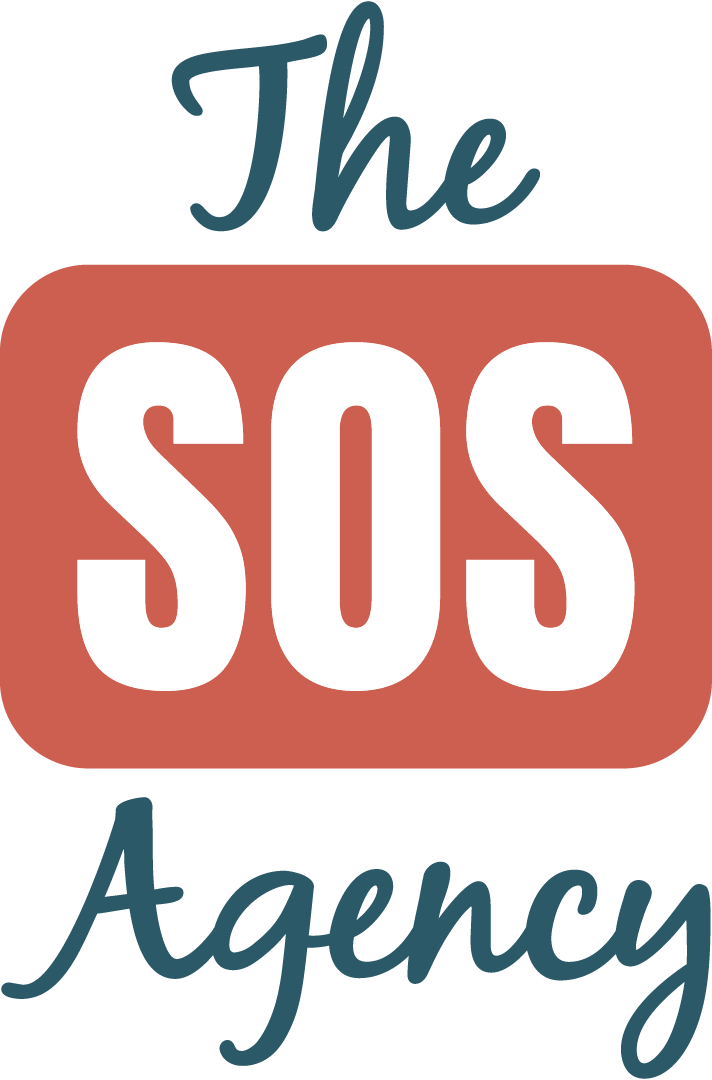Alex is an ASL interpreter who gets assigned to interpret at a hospital. After the doctors finish their rounds, Alex faces a choice – sit in the hall or hang out in the Deaf patient’s room. Alex chooses to hang out with the Deaf patient in their room for the rest of their shift.
The Dilemma:
As well-intentioned as Alex might be, hanging out with the patient like that raises some ethical red flags. Mixing professional interpreting with casual chit-chat blurs the lines, and Alex might by privy to too much personal stuff. It’s a slippery slope that could mess with impartiality and lead to dual role conflicts.
Liability:
On top of the ethics debate, the healthcare facility also has to worry about liability. If things go south without a healthcare professional present, guess who’s on the hook? Yup, the interpreter. Having a member of the staff present serves as having a witness which can help interpreters avoid messy situations, like accusations, miscommunication, and all-around misunderstandings.
Patient Expectations:
Moreover, patients (and healthcare staff) might start expecting all interpreters to be like Alex – buddies. But here’s the catch: the next interpreter might not be up for that, creating an awkward situation if another interpreter declines hanging out.
The Takeaway:
By thinking about the ethics, steering clear of potential liabilities, and not going solo with the patient, interpreters can mitigate liability, maintain clear boundaries, and avoid conflicting roles.
3.0 CONDUCT
Tenet: Interpreters conduct themselves in a manner appropriate to the specific interpreting situation.
Guiding Principle: Interpreters are expected to present themselves appropriately in demeanor and appearance. They avoid situations that result in conflicting roles or perceived or actual conflicts of interest.





